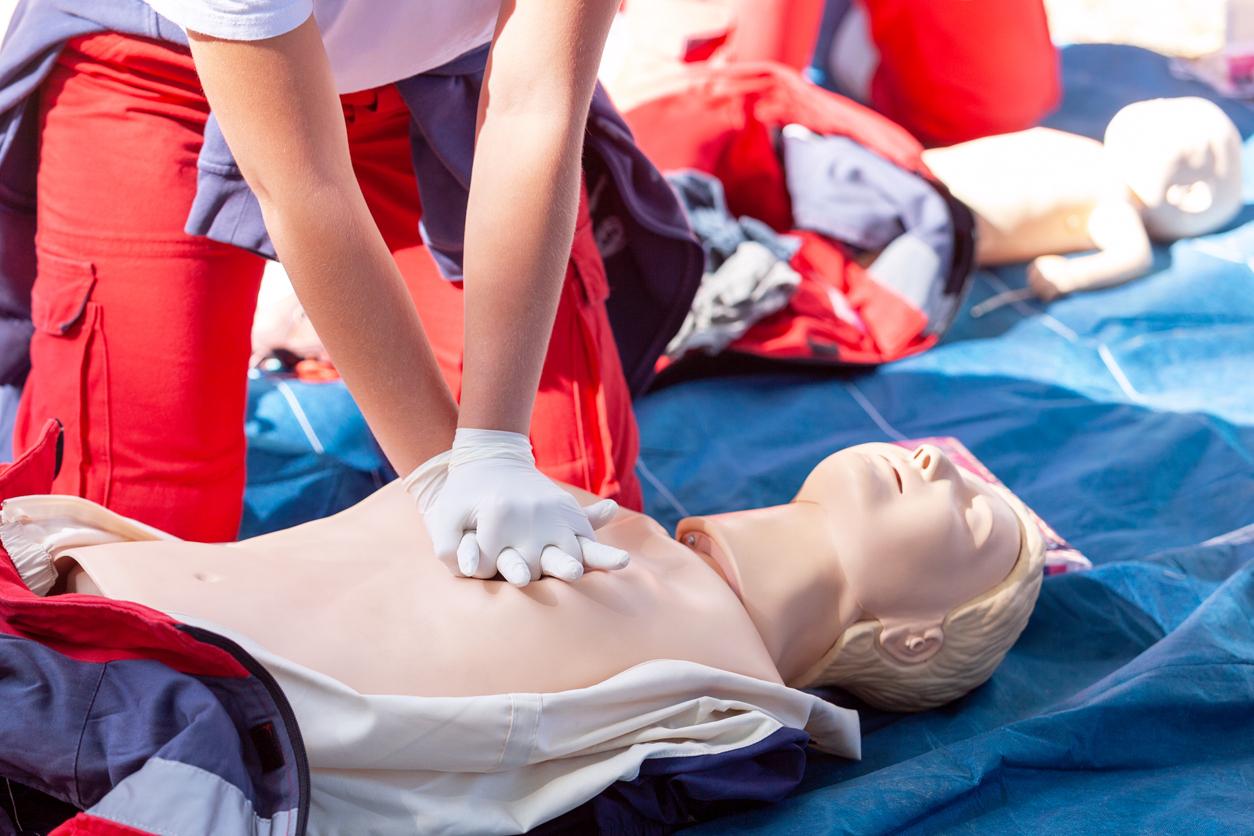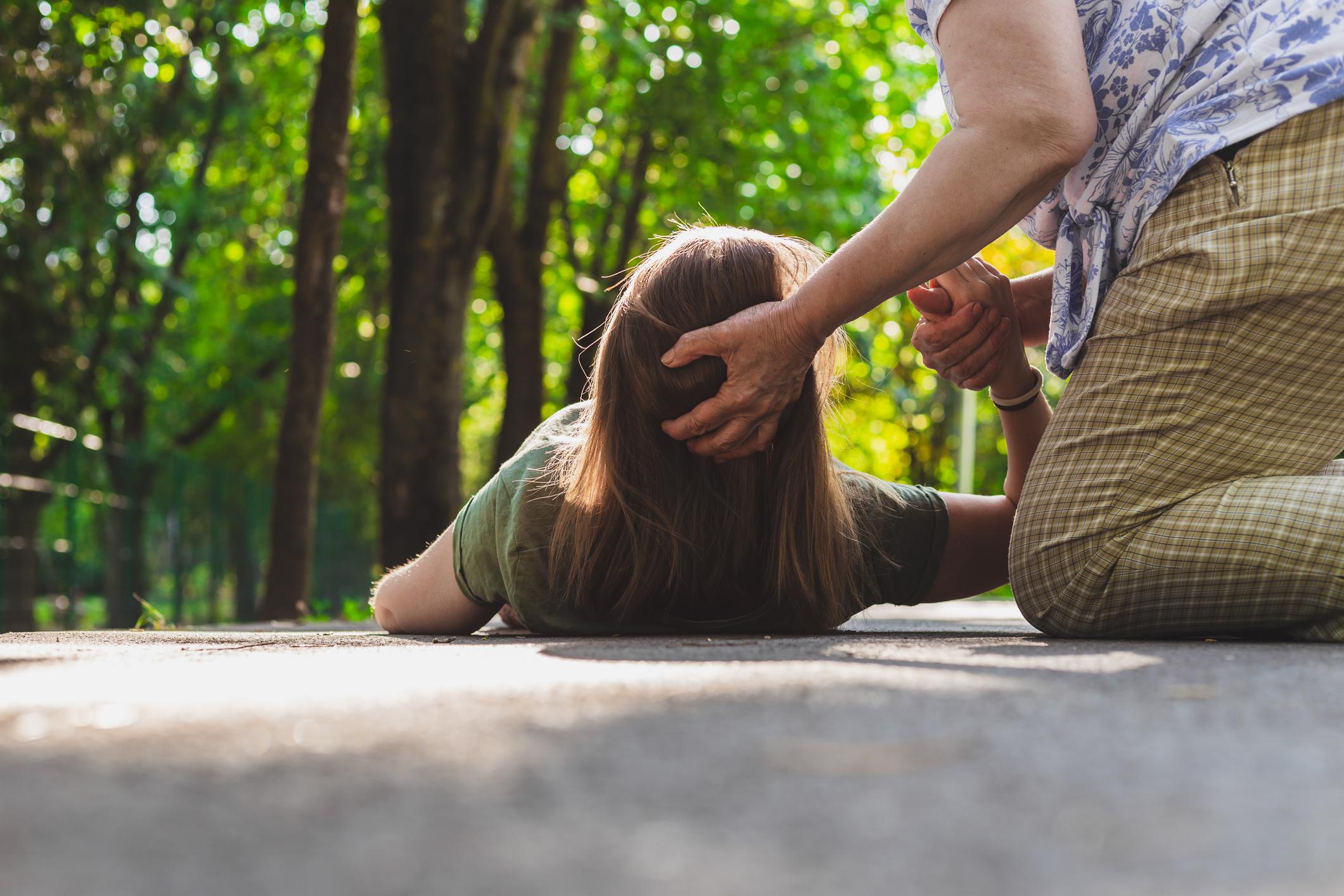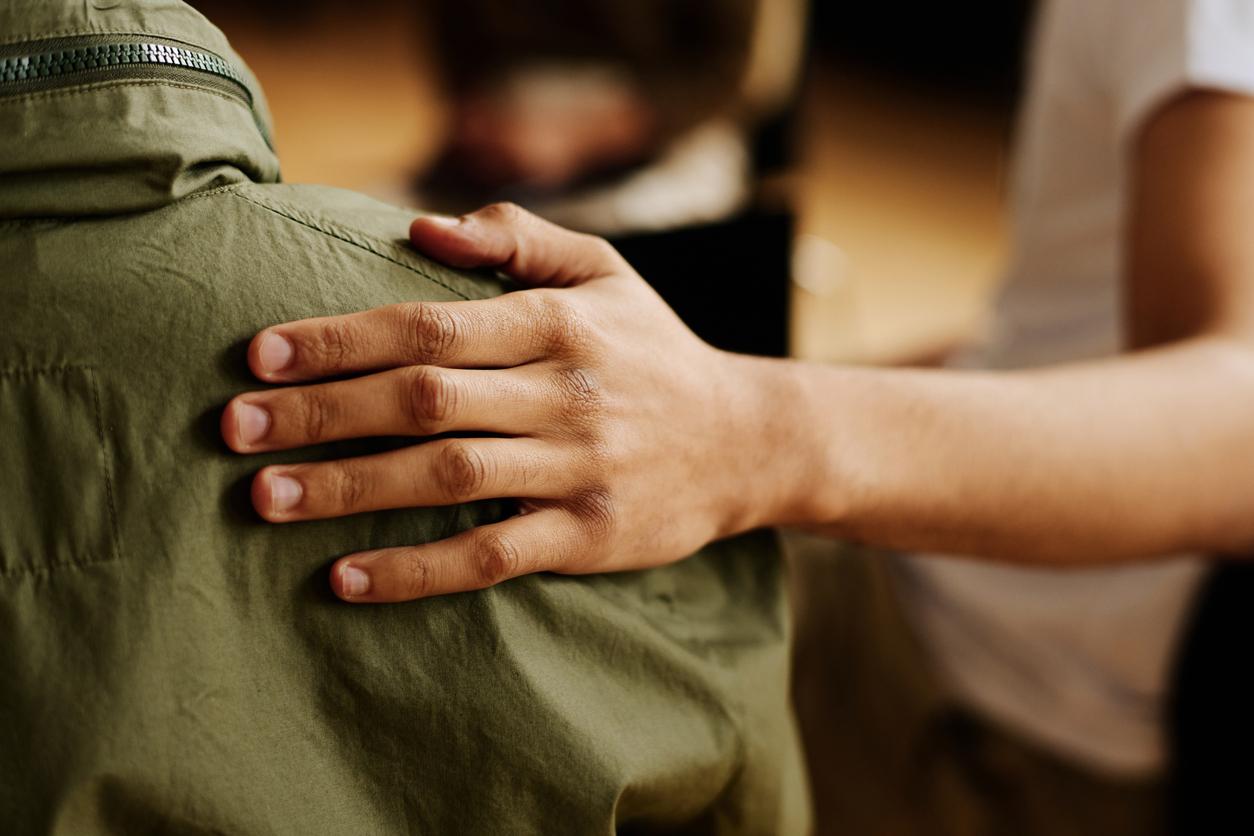First aid procedures, cardiopulmonary resuscitation or cardiac massage, are not sufficiently known to the population. Yet many lives could be saved each year. Why Doctor tells you what to do.
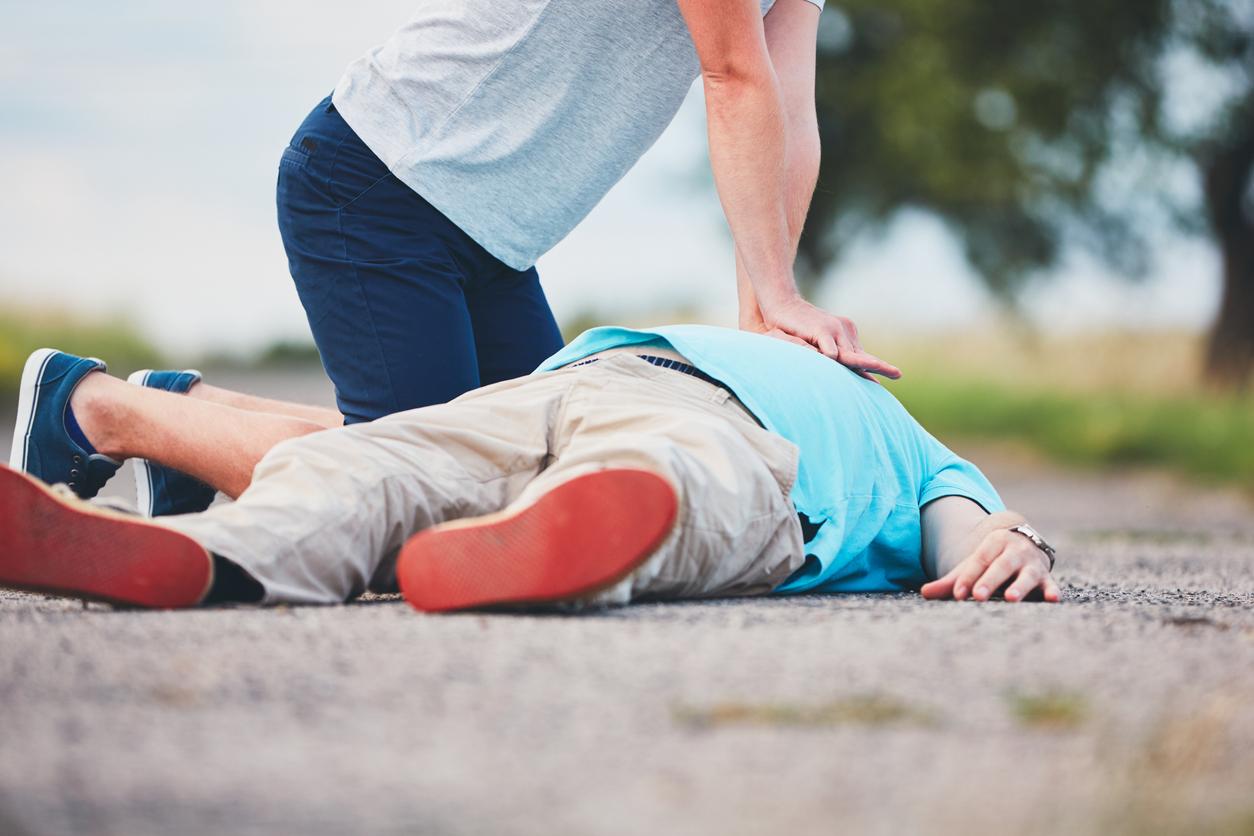
- Every year in France, 40,000 people die of cardiac arrest.
- Performing cardiac massage while waiting for help to arrive increases the victim’s chances of survival.
- Compression of the thorax must respect certain rules.
How to react to a cardiac arrest? In France, every year, 40,000 people die of cardiac arrest.“More than 90% of arrests took place at home, with witnesses who generally did not initiate first aid procedures and longer intervention times”can we read on the website of the French Federation of Cardiology (FFC). However, according to studies, performing manual cardiopulmonary resuscitation increases the chances of survival by 30 to 40%. Here’s how to do it.
Cardiac arrest: call for help first
When someone has a cardiac arrest, it is crucial to act quickly and appropriately. The first step is to call for help by dialing the emergency number, 15, 18 or 112 in Europe. It is essential to provide all necessary information to rescuers. While waiting for their arrival, it is important to place the person on the ground on their back and check if they are conscious. If she is unresponsive and not breathing normally, it is time to begin cardiopulmonary resuscitation (CPR). Cardiac massage is the way to keep the heart beating and send blood to the brain in order to oxygenate it. You have to act very quickly, brain damage occurs within the first minute.
Cardiac massage: compress the thorax
Once help is on the way, it is crucial to begin chest compressions immediately. To do this, place the person on the ground on their back and place your hands in the center of the chest, overlapping them. Press firmly and quickly, pushing the chest down approximately 5 to 6 centimeters with each compression. Continue this movement regularly until help arrives; the duration of compression must be equal to that of release.
It is necessary to repeat 30 compressions, at a frequency of 100 per minute, or two per second. To keep the right rhythm, we think of the Bee Gees hit “Stayin’ alive”. This recommendation was also the subject of an official campaign in the United Kingdom, which can be seen in this video fun and educational.
Practicing mouth to mouth in addition
In addition to chest compressions, it is recommended to perform mouth to mouth to stimulate the breathing of the person in cardiac arrest, but only if you have been trained in it. To do this, tilt the victim’s head back slightly, pinch their nose, and place your mouth over theirs to breathe air into them. Repeat this action twice, ensuring that the chest rises with each breath. Mouth to mouth provides oxygen directly to the victim’s lungs and maintains their oxygenation level.

Cardiopulmonary resuscitation: keeping the rhythm
During cardiopulmonary resuscitation, it is essential to maintain a regular rhythm between chest compressions and mouth-to-mouth resuscitation. Ideally, perform 30 compressions followed by 2 breaths, maintaining a rate of approximately 100 compressions per minute. This alternation helps maximize the chances of survival of the person in cardiac arrest. It is also important not to interrupt chest compressions for more than 10 seconds to maintain blood circulation.
If you have an automated external defibrillator (AED), it is recommended to use it in addition to cardiac massage. The Red Cross details all the steps in pictures on his site.
Cardiac massage is an essential first aid technique for resuscitating a person in cardiac arrest. It is therefore important to be trained in resuscitation procedures and to be ready to act in the event of an emergency. Remember that every minute counts during a cardiac arrest, so be prepared to act and save lives.








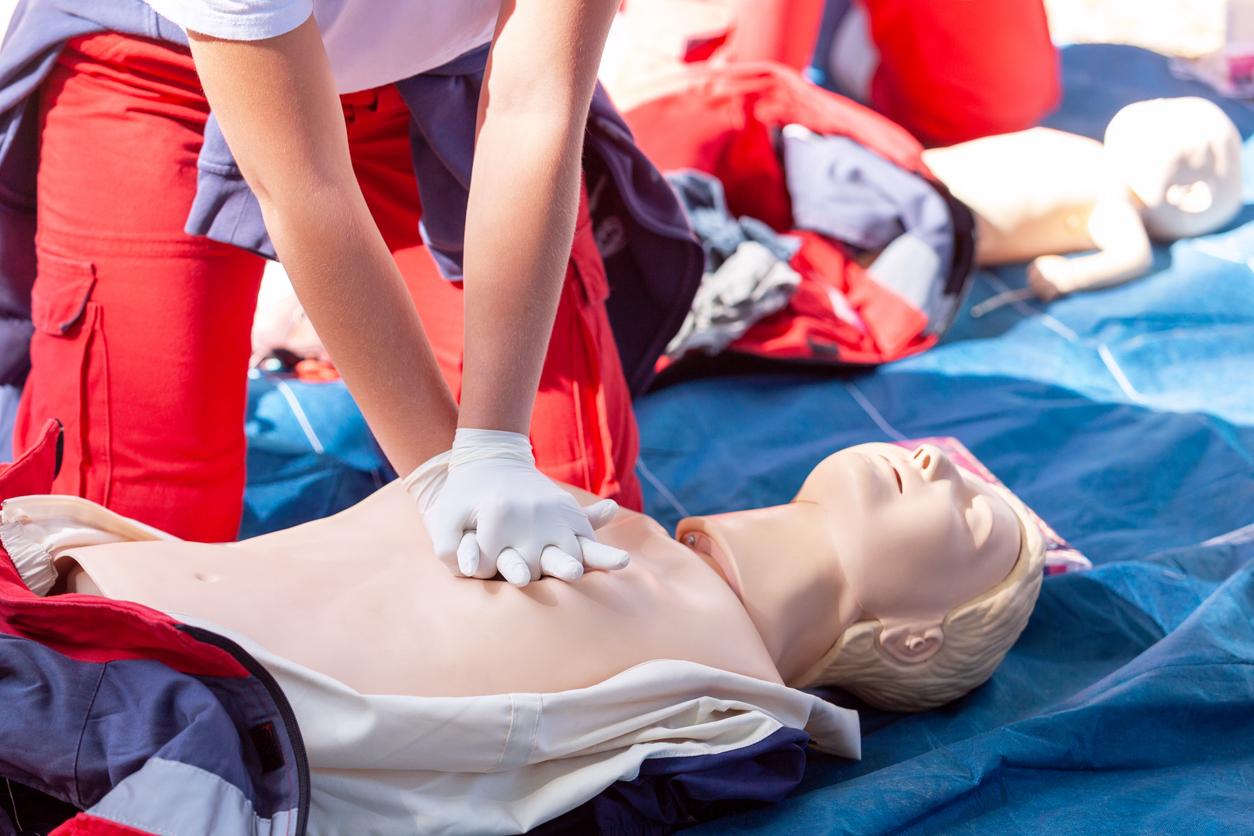

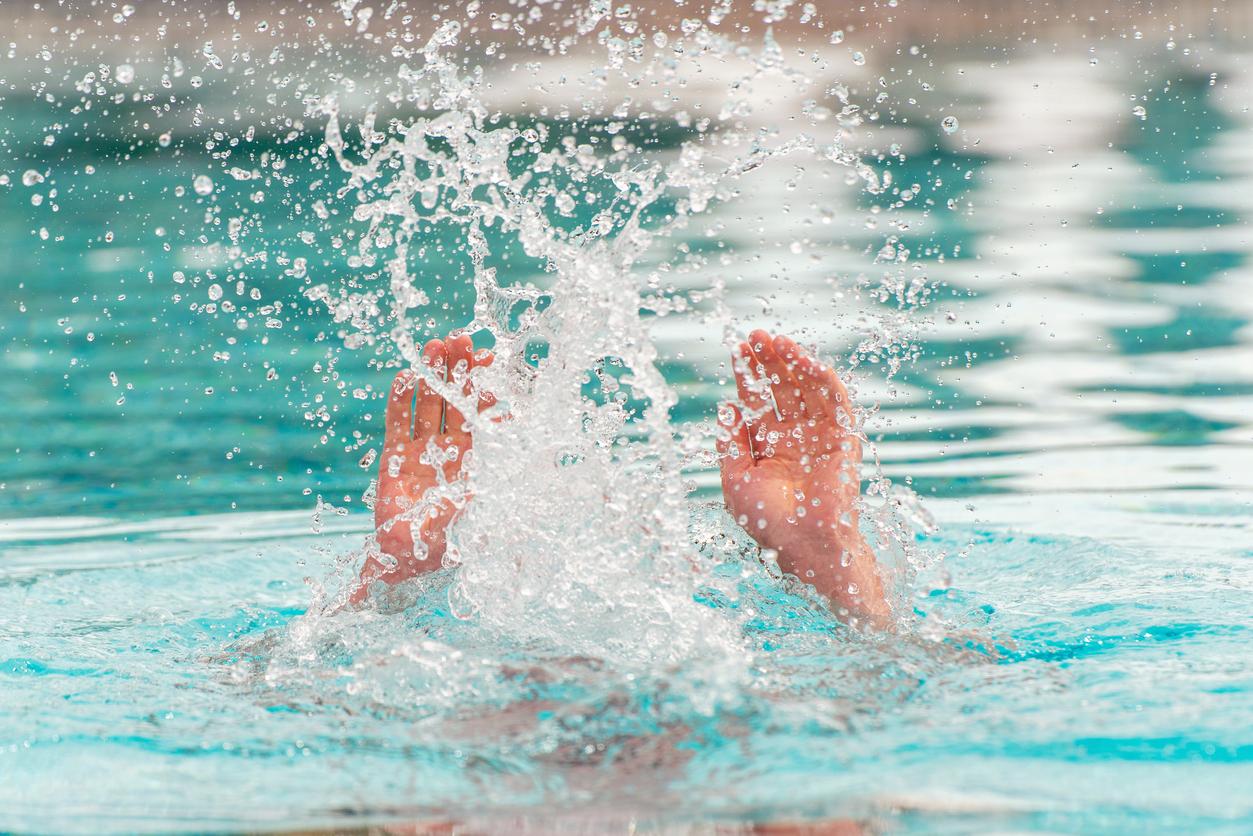


-1708094208.jpg)
